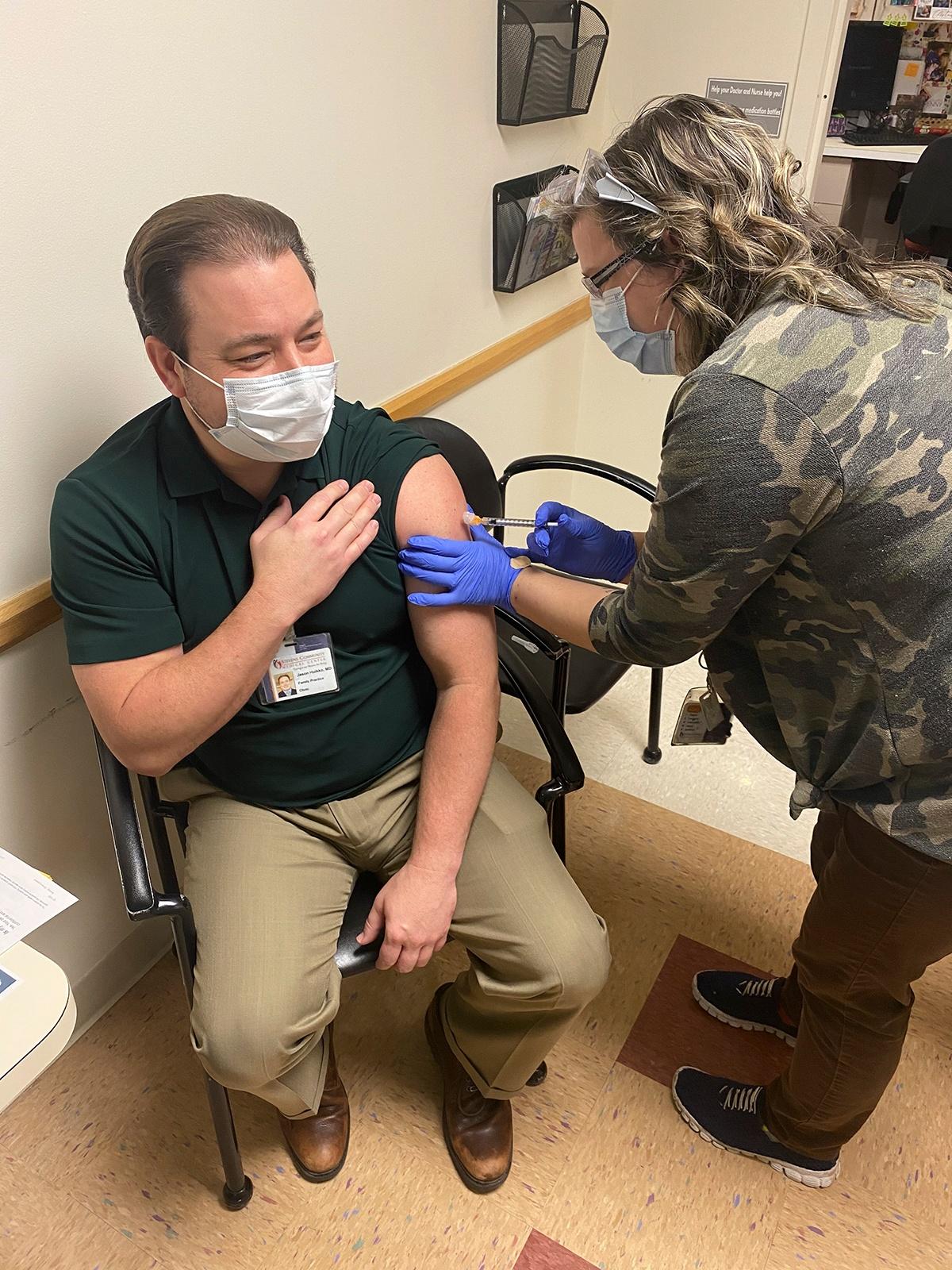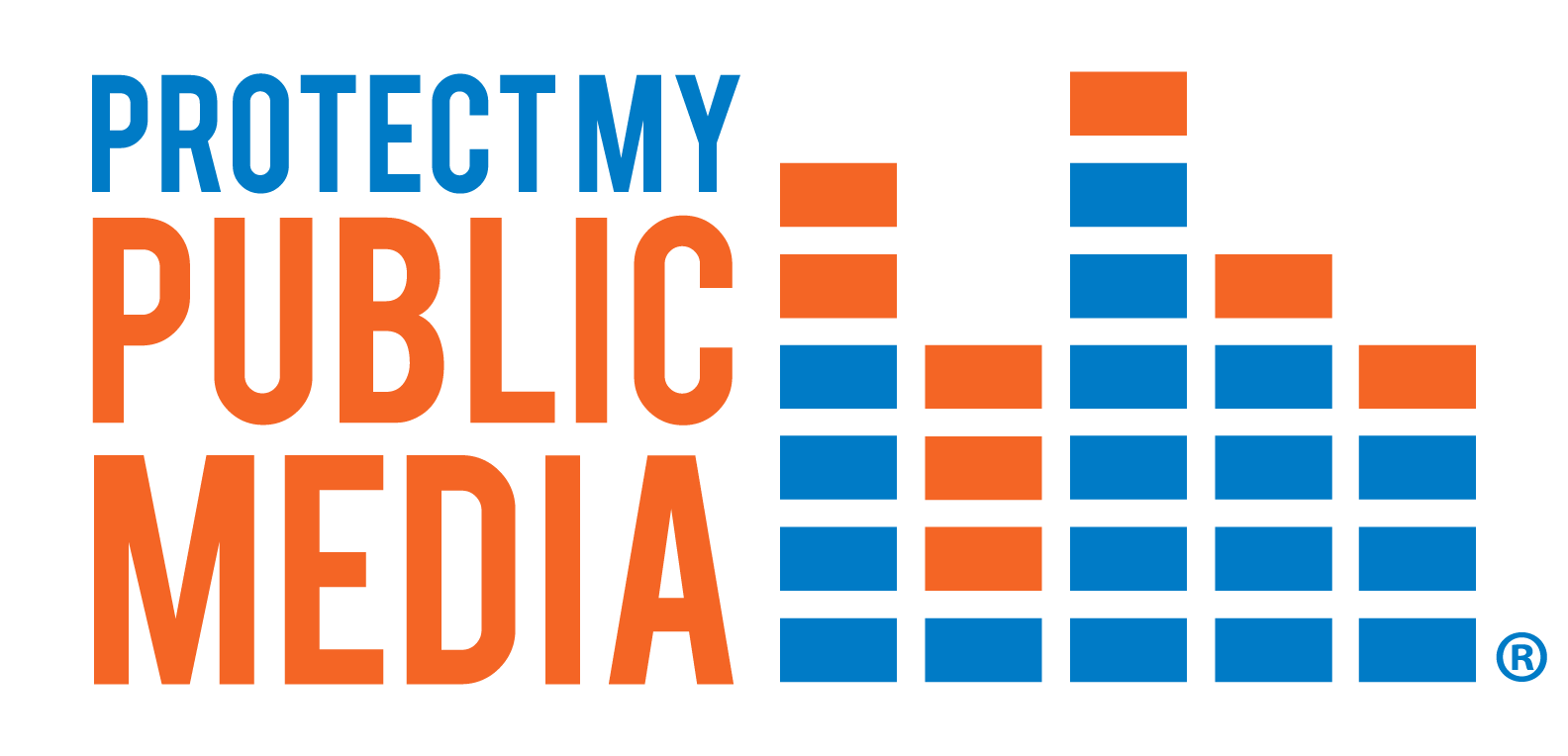Minnesota has set up a system of hubs and spokes to distribute the Pfizer-BioNTech vaccine. The hubs are facilities that have ultra cold freezers that meet the Pfizer-BioNTech vaccines temperature requirements. The spokes are facilities that don't have that storage capacity and must travel to a hub site every week to pick up their allotted doses.
Bev Larson an RN at Stevens Community Medical center has been focusing on infection control, emergency preparedness and staff education lately. She said that Lake Region Healthcare is the hub for Stevens Community Medical Center. The state determines how many doses each hub receives based on how many healthcare workers are in that area. Then each spoke site gets a percentage of those doses based on size.
"We have to all of a sudden get everybody on a schedule and figure out how many doses we're gonna need for that following week," she said. "Then we pick it up Monday and we have five days to get it and once that five days is up it's expired and we cannot use it any longer."
Another complicating factor is time and vaccine allotment — doing this dance of picking up vaccine and scheduling just the right amount of people to receive it in one week, especially as Minnesota moves on to next phases of distribution and the number of Minnesotans able to receive vaccine grows.
"We can only do so many at a time or we have to know a number of how many people will come to get it done," said Larson. "If I go and pick up 200 doses of Pfizer because we're gonna do a clinic and only a hundred people show up, what do I do with those other hundred doses?"
Dr. Jason Huiko, a family medicine physician at SCMC said to neutralize misinformation about the vaccine, people should refer to reliable sources like the CDC and the Department of Health. "Also having individual conversations. I think one of the biggest problems with, or concerns people have is just the speed that this vaccine came out as well as the new technology, the mRNA vaccines, and maybe not understanding of how that vaccine works," he said. "These mRNA vaccines in general have been studied for quite some time now. It was just a matter of putting the genetic code for this particular virus into something that they have been working on. The other thing that really sped this up is the amount of resources that were put to this vaccine development."
Dr. Huiko said that in order to reach effective herd immunity for COVID-19 the data that he's hearing points to an inoculation rate of about 70%. "I feel like it's part of my duty to contribute to the herd immunity as well as protect the people that are around. So I was very happy to get it when I could and I'll be even more happy when more of the population will have access."
Larson agrees. "I think that we've made a lot of progress in that short amount of time to get where we're at now. As far as knowing that in a couple of months there could be a lot of vaccine out there for a lot of people. So I think people just need to be patient and we'll get it done."
At the Upper Sioux Community near Granite Falls, Chief of Police Christopher Lee said that when he decided to partner with the state the tribes were initially left out of the rollout plans. One of the major oversights was the Upper Sioux Community's ability to store the Pfizer-BioNTech vaccine.
"I point out the fact that we're one of the few facilities that actually has ultra cold storage capabilities and we could have facilitated the Pfizer vaccine," Chief of Police Lee said. "If nothing else, we could have partnered with the other Dakota communities and gotten some of that additional vaccine out.
After many conversations between governor Tim Walz's staff and the Upper Sioux Community's governing board, a number of issues were addressed. "One of the nice things that we were able to communicate to them right away was our idea of the vaccination priorities for our community versus that of the state," he expalined. "We do have a different set of priorities here and so the governor's office did waive the initial mandates for the state's priorities."
Chief of Police Lee said that their first priority was to identify staff and community members in the 1-A priority group and get them vaccinated. The Upper Sioux Community has reallocated space in their multi-purpose building for a lab testing facility, which they were able to quickly turn into a patient care area. He said that they're prepared to administer their second dose for their 1-A age group and are making plans for subsequent phases.
Chief of Police Lee that you should still get the vaccine even if you previously had COVID-19 and that you should give your body some time to recognize the vaccine. "The vaccines are about, whether you wanna split hairs, 94, 95% effective. There are still 5% chance that you can get it. But the benefit to it is that when if you're one of the 5% that do get infected or get reinfected , your symptoms are diminished," he explained. "You usually have a shorter recovery time 'because your body's already identified the virus and is responding to it, so you have less chance of ended up in the hospital. You have less severe symptoms or severe reactions to the virus."




